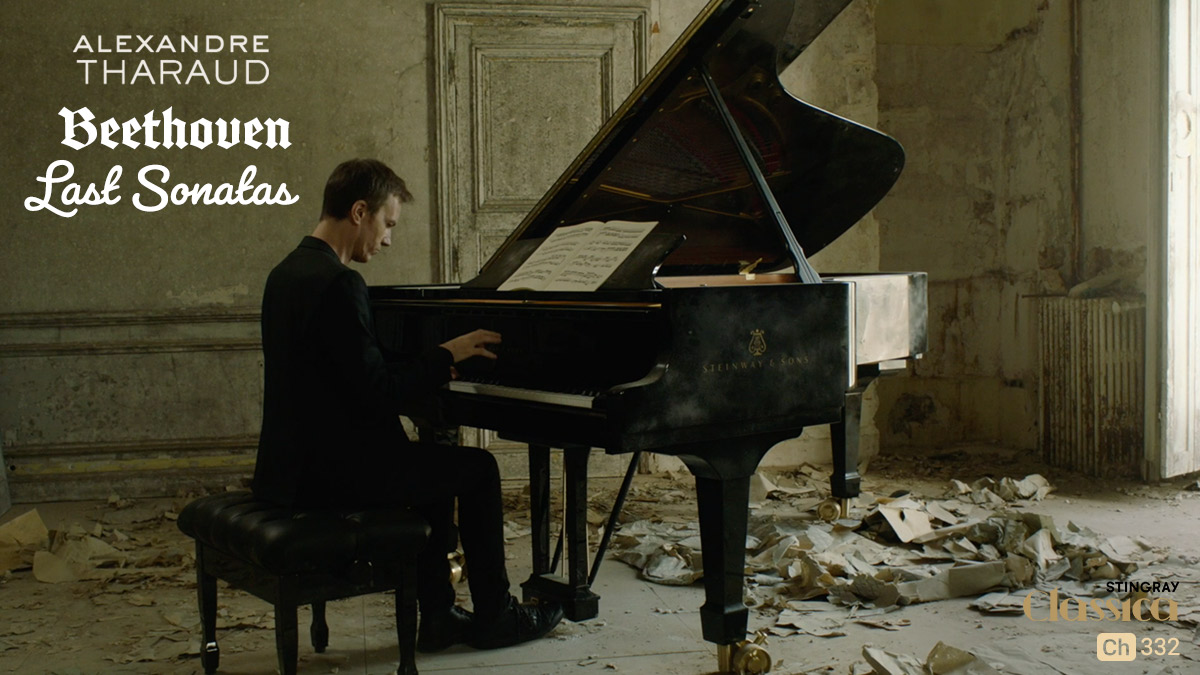
21 Nov Alexandre Tharaud: Beethoven- Last Sonatas

One of the greatest pianists take on the Everest of Beethoven’s masterpieces.
Alexandre Tharaud came from a very creative family. His mother was a dance teacher, his father an amateur director and singer of operettas (light operas) and his father a violinist, so his early interest in music shouldn’t come as a surprise. Since the age of 14, he’s been winning awards for his piano skills, coming in the top three of multiple international awards as he was growing up.
His career has been going strong for over 25 years. His discography is long, varied and critically acclaimed. He’s played in some of the most prestigious performances and venues in the world and is one of the most sought after solo pianists on the planet. If there’s anyone who can do the great works justice he’s without a doubt one of them.
The last of Beethoven’s sonatas are well known for their difficulty, complexity and denseness. Tharaud will be doing Beethoven’s Piano Sonatas No 30 in E major, op 109; No 31 in A flat major op 110; and No 32 in C minor op 111. With these works, Beethoven was hoping to offer future pianists something new and inspirational.
“This last group of sonatas had a three-fold purpose: didactic, spiritual and promotional. Beethoven had to keep on offering new works to different publishers in order to earn a living, but he was also motivated by the desire to exhort future pianists to aspire to ever greater heights by writing music for them that exuded a lofty spirituality.” – Elisabeth Brisson, Beethoven Expert.
Tharaud shares those sentiments, saying: “with his last three sonatas Beethoven brought his catalogue of piano works to an end, but when I open the scores, I sense the piano-writing becoming more creative with every line as if the composer were inventing the piano of the future. It feels as though this is a brand-new Beethoven.”
The three final sonatas were written together and flow from one to the next. The scale of the music shifts dramatically from dramatic, intense operatic movements to an intimate scene of a duet. Brisson considers his three final sonatas as “the ultimate entrée into the world of Beethoven, allowing us to hear and sense what this world shares with the universal aspects of the human condition.”
If you’re even a little interested in classical music or piano performances this is the show you have to see. Catch it on Stingray Classica this Saturday at 8 p.m. on StarSat channel 332.
Saturday at 20:00 on Stingray Classica (ch 332 on the 23rd of November)

